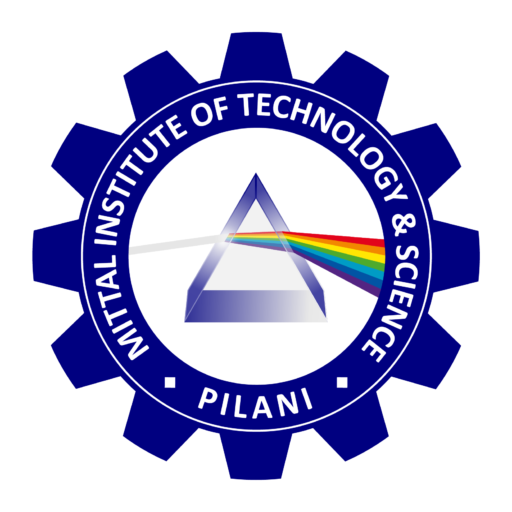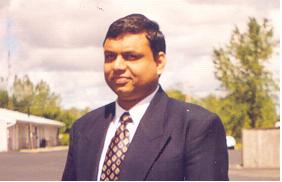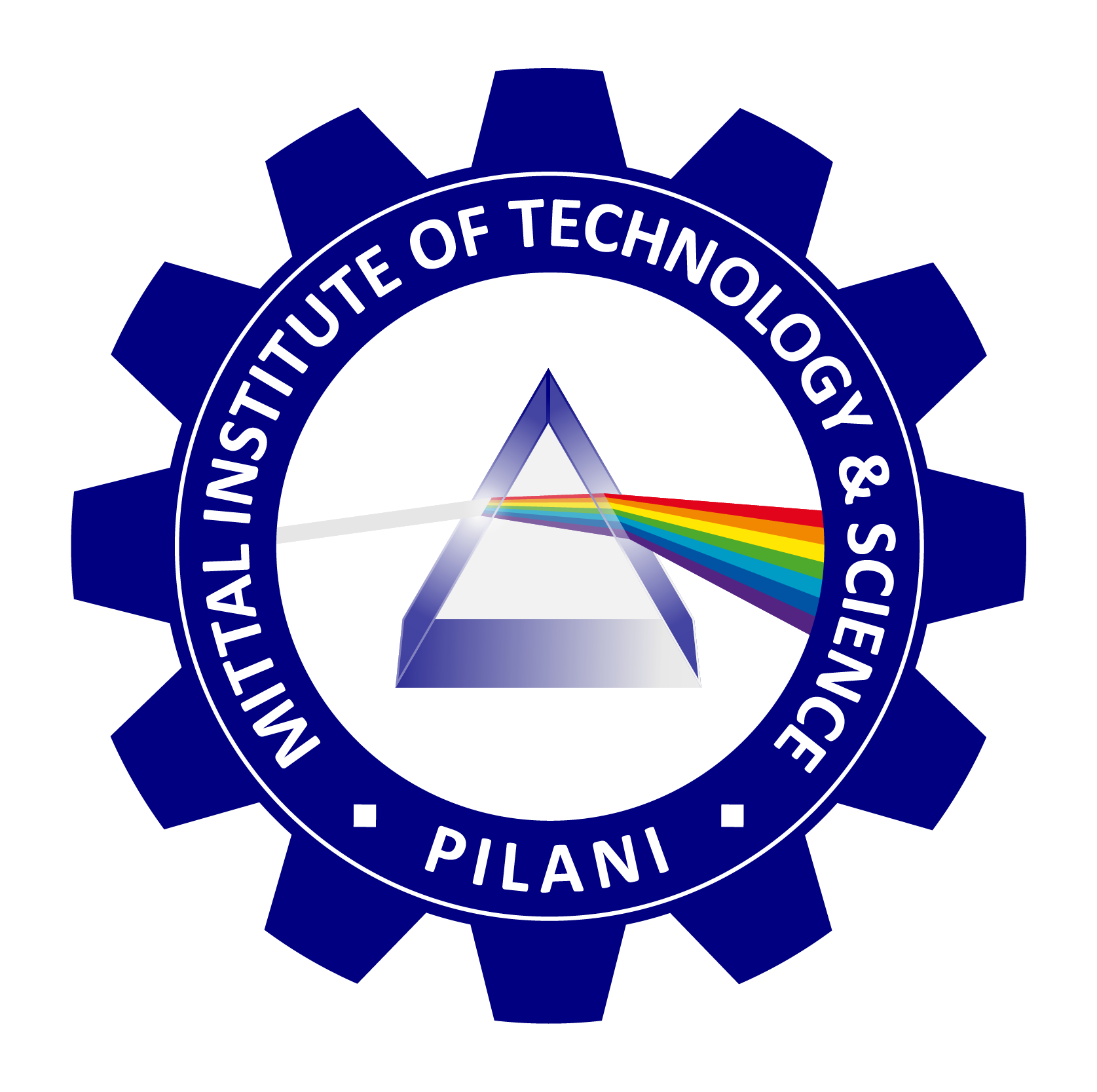
MITTAL INSTITUTE OF TECHNOLOGY & SCIENCE, PILANI
The Synergy of Modern Technologies: Cloud Computing, Microservices, Containers, Databases, and Echo system
The modern software landscape is a tapestry of interwoven technologies that, together, deliver scalable, reliable, and efficient applications. This ecosystem combines cloud computing, microservices, virtualization, containers, orchestration systems like Kubernetes, and a variety of programming languages, databases, and APIs to build robust and scalable solutions. This essay explores how these technologies work together, their orchestration, and the frameworks and tools that connect them.
- Cloud Computing
Cloud computing provides the infrastructure that underpins much of the modern technology stack. By delivering computing resources over the internet, platforms like Google Cloud Platform (GCP), Amazon Web Services (AWS), Microsoft Azure, and others offer scalable and cost-efficient solutions. Cloud computing is categorized into three models:
- Infrastructure as a Service (IaaS): Provides virtualized computing resources (e.g., AWS EC2, GCP Compute Engine).
- Platform as a Service (PaaS): Offers an environment for developers to build applications without managing the underlying infrastructure (e.g., AWS Elastic Beanstalk, Google App Engine).
- Software as a Service (SaaS): Delivers software over the internet (e.g., Google Workspace, Salesforce).
The cloud eliminates the need for physical servers and allows for seamless scalability, global accessibility, and cost-effective deployment.
- Microservices Architecture
Microservices break down applications into smaller, independent services that communicate over standard protocols, often using REST (Representational State Transfer) or gRPC (Google Remote Procedure Call). Each microservice focuses on a specific business capability and can be developed, deployed, and scaled independently. Microservices architecture is highly suited for cloud-native applications, enhancing agility and fault tolerance.
- Programming Languages: Common languages for building microservices include Java, Node.js, Python, C#, and Go.
- Frameworks and Libraries: Popular frameworks like Spring Boot (Java), Express.js (Node.js), and Flask (Python) simplify microservices development.
- Virtualization and Containers
Virtualization enables the creation of multiple virtual machines (VMs) on a single physical server, each running its own operating system (e.g., VMware, KVM, Microsoft Hyper-V). Virtualization optimizes resource utilization by abstracting the hardware layer.
Containers, on the other hand, package applications and their dependencies into a single, lightweight unit that can run consistently across environments. Docker is the most popular containerization platform. Containers are more lightweight than VMs, providing faster deployment and better resource efficiency. Docker containers run on any machine that has Docker installed, ensuring consistency across development, testing, and production environments.
- Operating Systems: Containers typically run on Linux, though Docker also supports Windows.
- Commands and Tools: Common tools and commands in this context include docker build, docker run, and docker-compose.
- Kubernetes: Container Orchestration
As organizations adopt containers at scale, managing containerized applications becomes challenging. Kubernetes, an open-source container orchestration platform, automates the deployment, scaling, and management of containerized applications. It ensures high availability, load balancing, and self-healing of applications.
Kubernetes integrates with cloud platforms like GCP, AWS, and Azure, providing a platform-agnostic way to deploy and manage applications across different environments.
- Frameworks and APIs: Kubernetes uses the Kubernetes API to interact with clusters and services. Tools like Helm provide a way to manage Kubernetes applications using templated YAML files.
- REST Protocol and Message Queues
Microservices and modern web applications typically communicate via APIs. The REST protocol is a widely used standard for building web services. RESTful APIs use standard HTTP methods (GET, POST, PUT, DELETE) and data formats like JSON and XML.
For asynchronous communication, message queues (e.g., RabbitMQ, Apache Kafka, AWS SQS) are used to decouple services. Message queues allow services to communicate without being tightly coupled, enhancing fault tolerance and scalability.
- Database Technologies: Relational, NoSQL, Multitenant
Modern applications often require different types of databases depending on the use case:
- Relational Databases: Traditional databases like Oracle DB, MySQL, PostgreSQL are used for structured data and transactional systems.
- Multitenant Databases: These databases (e.g., Oracle Multitenant) allow multiple tenants (clients) to share the same database while ensuring data isolation.
- NoSQL Databases: For unstructured or semi-structured data, NoSQL databases like MongoDB are more suitable. They provide horizontal scalability, making them ideal for handling large datasets in real-time applications.
- Node.js and Reactive.js
Node.js is a JavaScript runtime that allows server-side execution of JavaScript. It is highly efficient for building scalable network applications due to its event-driven, non-blocking I/O model.
Reactive.js is a library for building reactive applications. It allows for the development of applications where data streams are the primary focus, reacting to changes as they occur. This paradigm fits well with microservices and real-time systems.
- Browsers and Client-Side Technologies
On the client side, browsers are the interface through which users interact with applications. Modern web applications are built using JavaScript frameworks like React.js, Angular, and Vue.js, which enable the development of rich, dynamic user interfaces. APIs like the Fetch API are used to make asynchronous requests to servers.
- Programming and Scripting Languages
In this technology landscape, a wide range of programming and scripting languages are used, each suited for specific tasks:
- Java, C++, Python: Commonly used for backend development, machine learning, and scripting tasks.
- JavaScript, TypeScript: Widely used for frontend and backend development (Node.js).
- Ruby: Popular for building web applications, especially using the Ruby on Rails framework.
- Bash: Used for scripting and automation on Linux-based systems.
- Remote Servers, Hosting Environments, and Data Centers
Applications are deployed on remote servers that are hosted in cloud environments, including public cloud (AWS, Azure, GCP), private cloud, or hybrid cloud environments. Data centers can be categorized into:
- Traditional Data Centers: Physical infrastructure with dedicated servers.
- Cloud Data Centers: Managed by cloud providers offering virtualization and containerization solutions.
- Edge Data Centers: Small-scale data centers located closer to end-users to reduce latency.
These environments provide the necessary compute, storage, and network resources required for applications to operate.
The Orchestra in This Landscape
The key to managing this complex landscape is orchestration. Kubernetes is a primary orchestrator for containerized applications, managing deployment, scaling, and resource utilization. Other orchestrators include Docker Swarm and Apache Mesos. Cloud providers like AWS, Azure, and GCP provide their own orchestration services such as AWS ECS/EKS, Azure Kubernetes Service, and Google Kubernetes Engine (GKE).
- CI/CD Pipelines: Tools like Jenkins, CircleCI, and GitLab CI automate the deployment of applications, ensuring continuous integration and delivery.
The modern software ecosystem is built on a combination of cloud computing, microservices, containers, databases, and orchestrators like Kubernetes. These technologies, along with programming languages, frameworks, APIs, and databases, create a scalable and flexible infrastructure that enables businesses to innovate and grow.

Professor Rakesh Mittal
Computer Science
Director
Mittal Institute of Technology & Science, Pialni, India and Clearwater, Florida, USA
